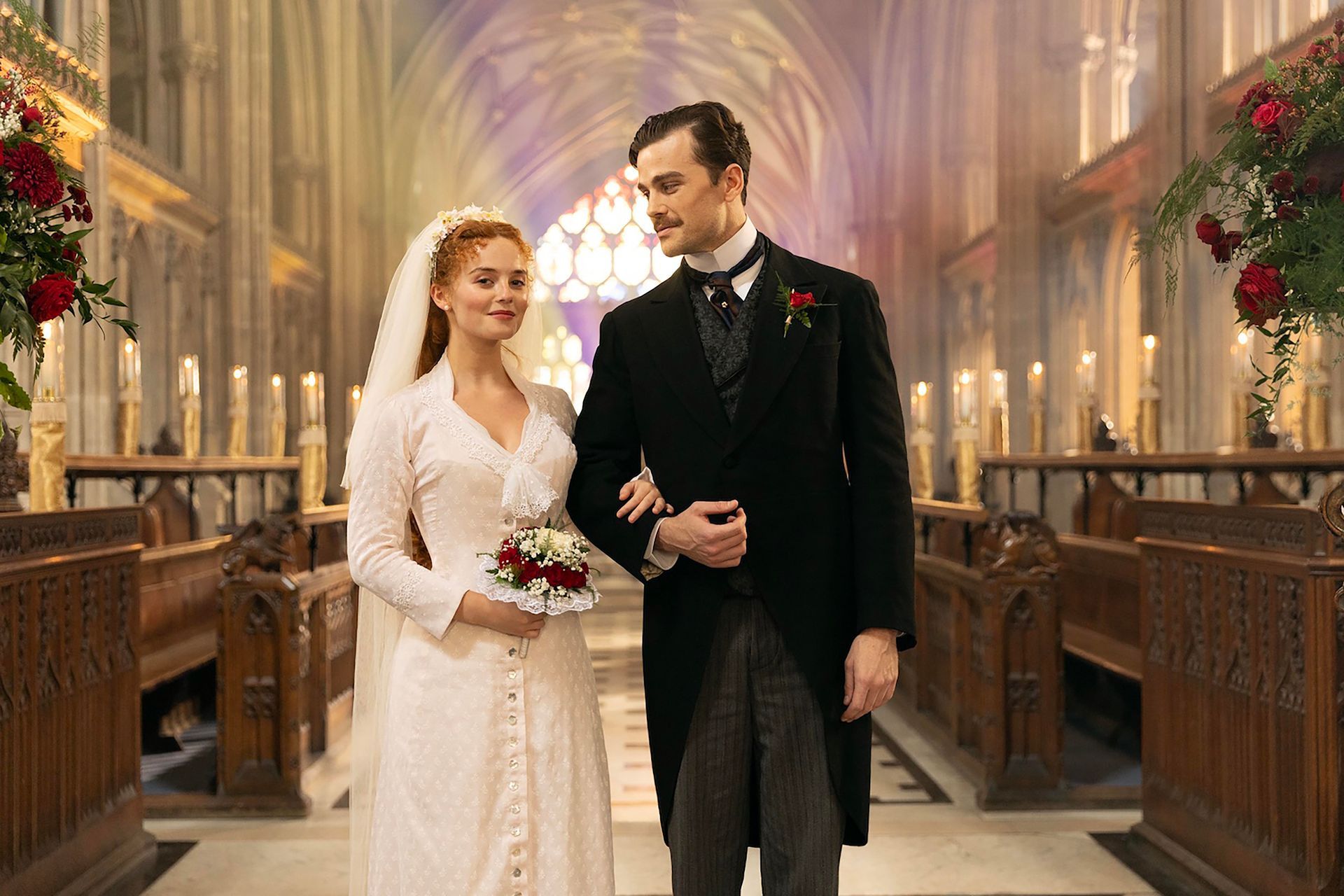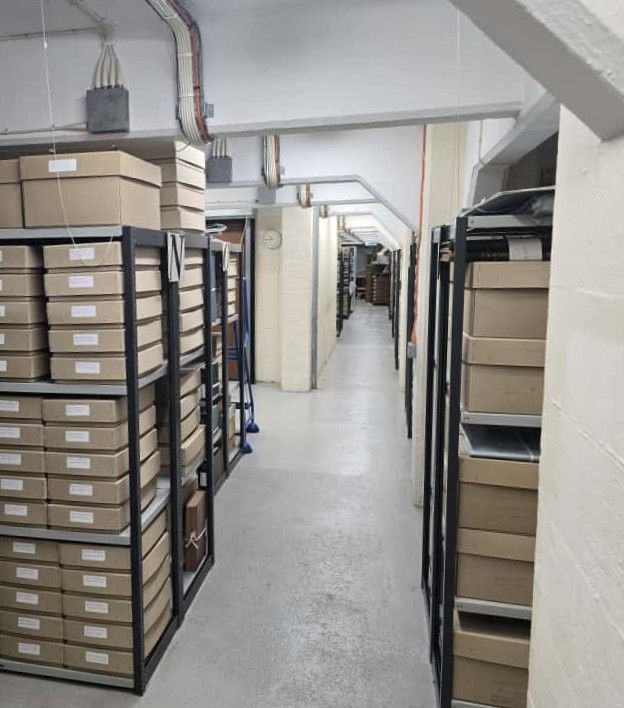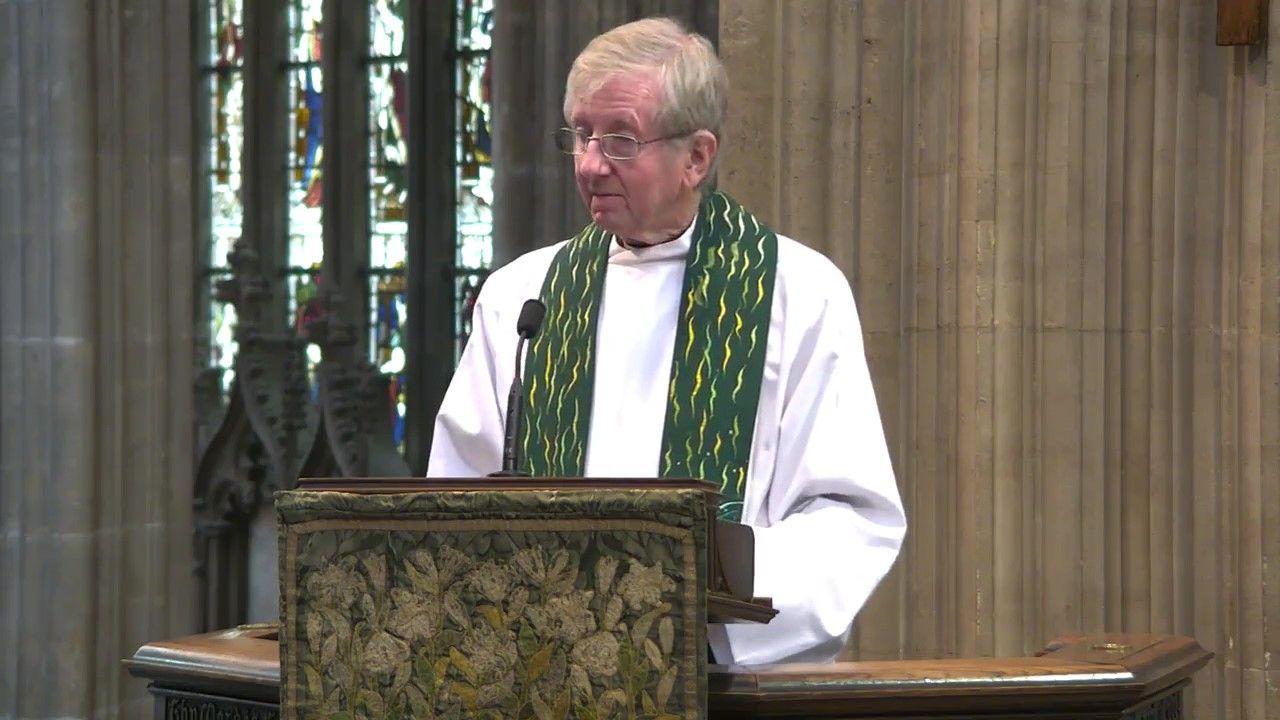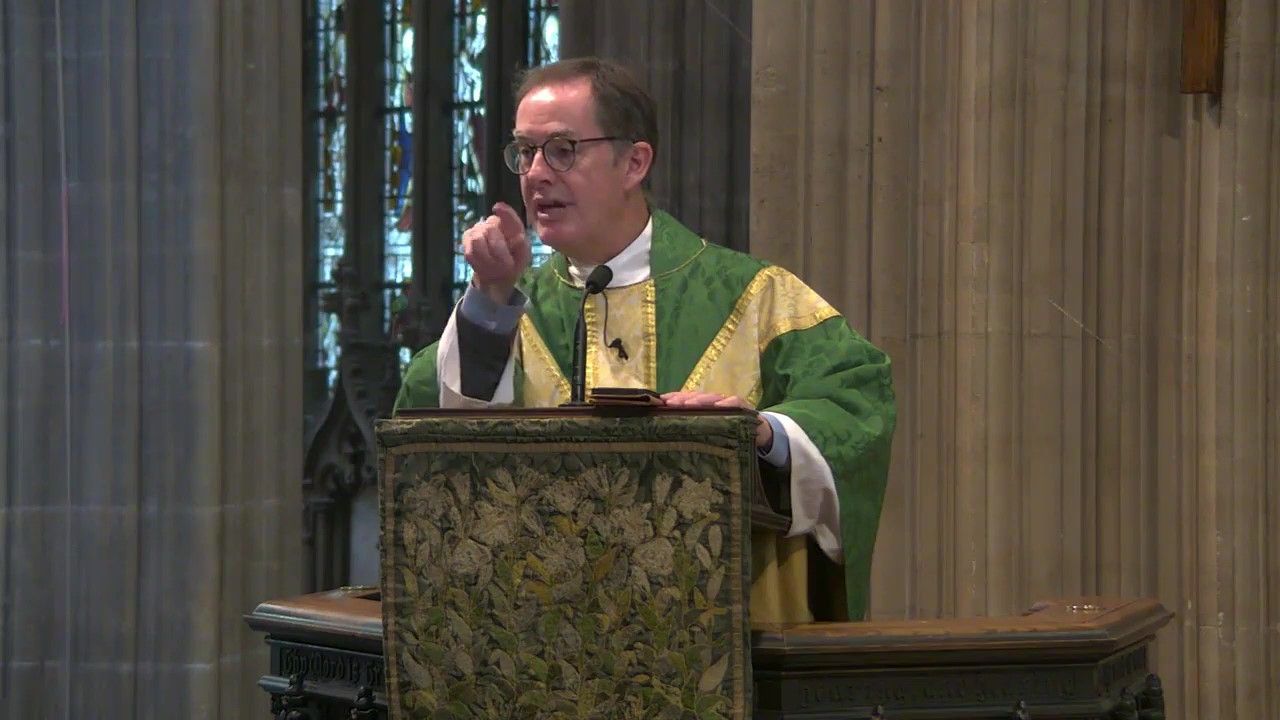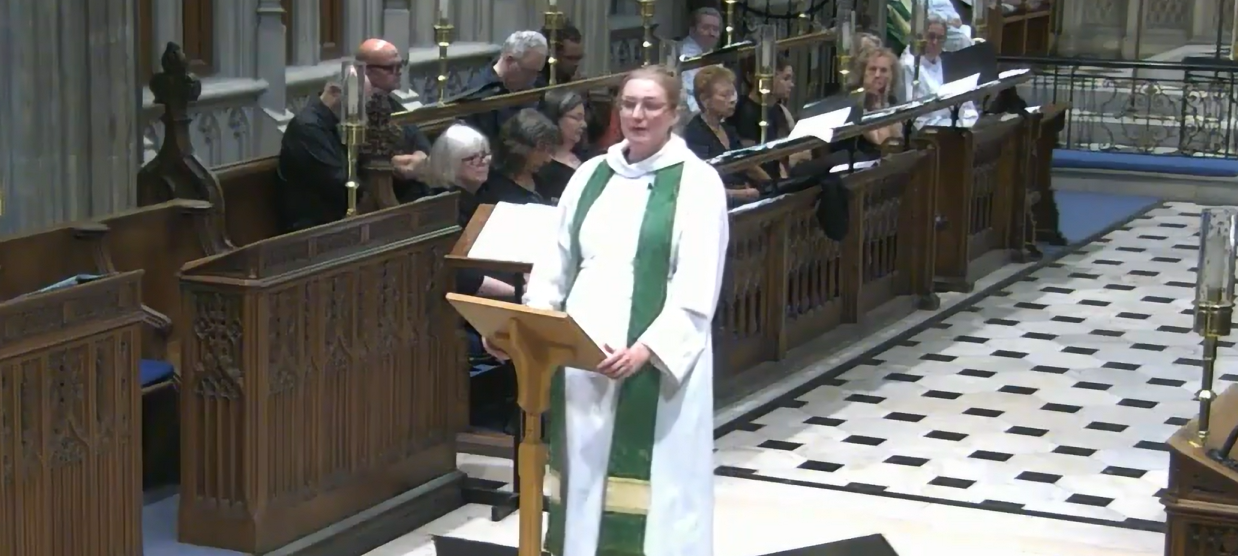Nicodemus comes to Jesus
It is often the last but one line that gets the attention of Sunday's gospel reading. It is a significant line of scripture in its own right. Moreover, for a sizeable portion of society, it was made hugely significant when brought into John Stainer's 'Crucifixion'. A quintessentially English Victorian hymn tune of haunting simplicity conveying the cost of the cross, borne by Jesus "For God so loved the world that he gave his only Son, so that everyone who believes in him may not perish but may have eternal life."
What is not so often discussed is the context of this declaration. It is in John's gospel, where, from the very start, the light shines in the darkness and the darkness does not overcome it. Nicodemus is the character that seeks out Jesus. Nicodemus is a Pharisee, part of those who looked to the oral tradition - to stories handed down from generation to generation - to pass on truths about God and the place of humanity in the world. We know he comes to Jesus 'by night' because the teachings of the young rabbi are not greeted favourably by his colleagues.
At night, Nicodemus is presented with a very different story: to gain access to the kingdom of God is not about leaning on and learning from stories of past generations and former glories. Instead he is called to believe that the kingdom of God is open to all those who are born from above. Whatever is "above" cannot be part of our past. The requirement is to lean into and rely on a future yet unknown; to lean into and rely on that which will be rather than that which has been; to lean into and rely on a story that is being written now and in the future, a story with each one of us as its central character, not a recitation of someone else's story which had someone else as the central character.
And there is one more thing we know about Nicodemus. We don't know where he went after this encounter with Jesus. We don't know how we managed his relationships with his Pharisee colleagues. But we do know that these words of Jesus had a significant impact on him. This encounter between Jesus and Nicodemus takes place in chapter 3 of John's gospel. Fast forward sixteen chapters and Nicodemus makes one more appearance in John's gospel. With Jesus dead on the cross, Joseph of Arimathea asks Pilate for permission to take away the body. Pilate gives this permission and Joseph removed Jesus' body.
Then we read: "Nicodemus, who had at first come to Jesus by night, also came, bringing a mixture of myrrh and aloes, weighing about a hundred pounds. They took the body of Jesus and wrapped it with the spices in linen cloths, according to the burial custom of the Jews. Now there was a garden in the place where he was crucified, and in the garden there was a new tomb in which no one had ever been laid. And so, because it was the Jewish day of Preparation, and the tomb was nearby, they laid Jesus there."
It was probably night time the second time Nicodemus came to Jesus, as it was the first time. And the difference? The first time Nicodemus came with questions. The second time he came with gifts. And on both occasions, one of them shone the light in the darkness for the other and the darkness did not have the last word.
Dan Tyndall
3 March 2023
